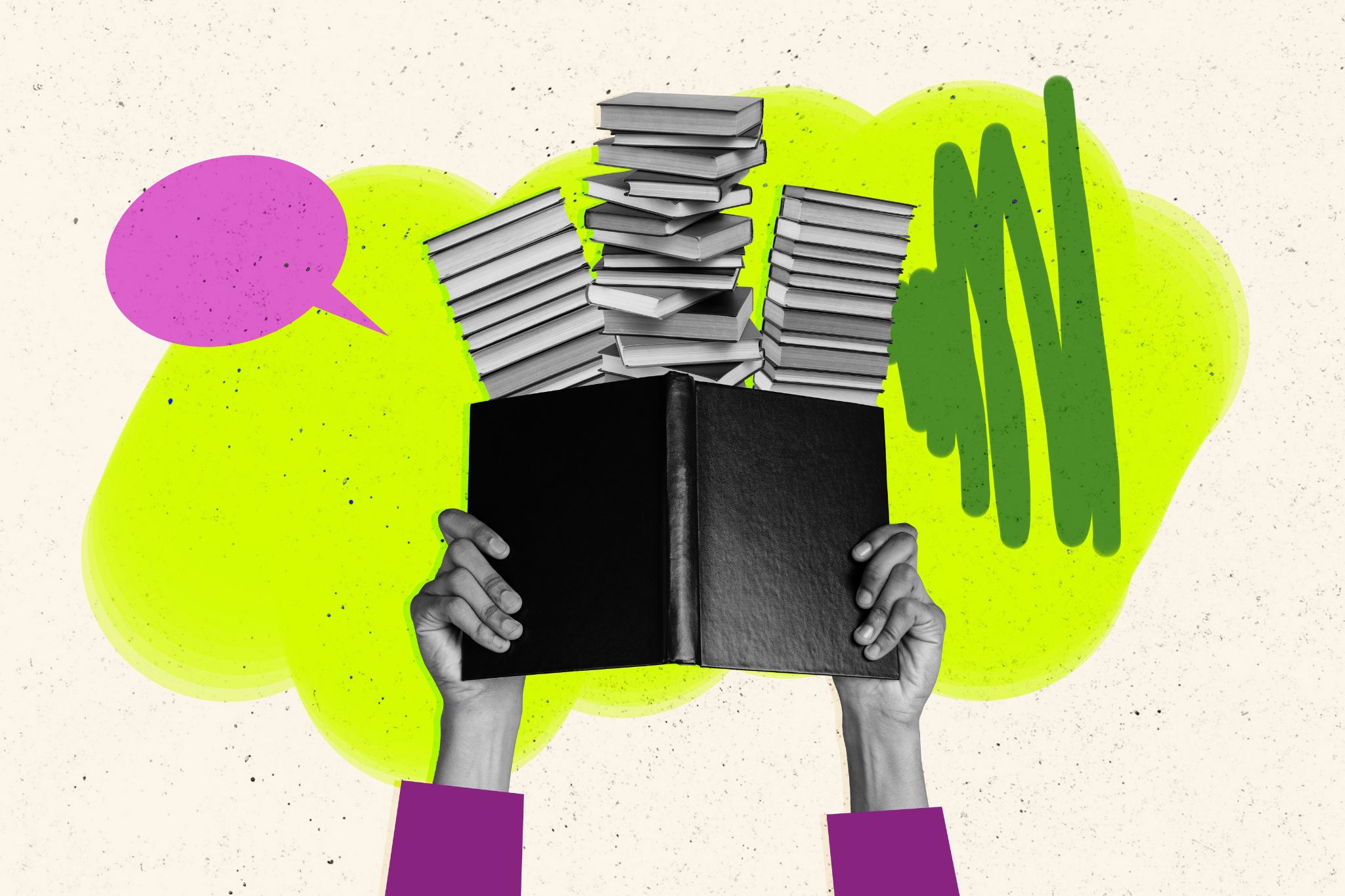Supporting Adaptive Learning in the Workplace with Generative AI
Adaptive learning is gaining attention in workplace learning because it can customize learning to create a more personalized approach to support employee development. It allows organizations to offer customized learning paths that address the specific needs and skills gaps of their employees. For instance, new hires might receive more foundational training, while experienced workers can focus on more advanced topics or abilities specific to their roles. By leveraging adaptive learning, organizations can improve the efficiency of training, reduce time spent on unnecessary content, and support continuous learning that aligns with business goals.
Generative AI has the potential to enhance adaptive learning in the workplace significantly. Unlike traditional training methods that follow a one-size-fits-all approach, training delivered through a generative AI learning management system allows for customization of content to specific learner needs and goals. For example, AI can create customized training modules and assessments that adjust in real time to the learner’s progress, ensuring that employees stay engaged and motivated while mastering new skills at their own pace.
L&D professionals often face the challenge of keeping learning materials up-to-date, relevant, and aligned with changing business needs. The following are three ways generative AI can be used to enhance adaptive learning in the workplace.
Personalized Content
Generative AI can streamline content creation and management for workplace learning programs. AI tools can generate new content automatically from organizational documents and training materials. This reduces the workload for L&D professionals, freeing them to focus on more strategic tasks, such as analyzing learning outcomes and improving training effectiveness.
It can also be leveraged to provide more personalization of content and training materials to meet the unique needs of your learning audience. By leveraging advanced algorithms and natural language processing, AI can analyze user preferences, behaviors, and past interactions to produce content that resonates with the learner. L&D professionals can use generative AI to help make recommendations to employees are courses and training experiences that are aligned with their learning needs and goals. This level of personalization can increase employee engagement by providing them with an easier way to sift through learning materials and options and select courses that resonate with them.
L&D professionals can also use AI to customize content for different learning audiences more efficiently, generating different versions of the same content for a technical audience and a non-technical audience and ensuring that the content is understandable and relevant to each group. This capability not only saves time for content creators but also ensures that the content is more precisely aligned with the target audience’s knowledge level and needs.
Real-Time Feedback
Generative AI can improve feedback mechanisms in learning environments by offering more personalized, real-time insights to learners. Traditional feedback often relies on standardized assessments which can be delayed and not always relevant to the learners’ needs. With generative AI, feedback can be immediate, allowing learners to understand their strengths and areas for improvement as they progress through the material. For instance, AI-powered platforms can analyze a learner’s performance on a quiz or task and provide detailed feedback on specific errors, suggest additional resources, or recommend adjustments to their learning strategy, fostering a more adaptive and supportive learning environment.
Generative AI can also assist L&D professionals by generating insights from large amounts of learning data. By analyzing patterns in learner performance, generative AI can identify common areas where learners struggle. These insights provide specific data that L&D professionals can use to provide additional training and support to their learning audience. This data-driven approach enables L&D professionals to make informed decisions about training and personalized interventions, ensuring that feedback is not only responsive but also proactive.
Optimizing Learning Paths
Generative AI can also enhance the optimization of learning paths by tailoring learning journeys to the unique needs, preferences, and pace of individual learners. Traditional learning paths are often linear and designed for a broad audience. With the integration of AI, L&D professionals can create dynamic, personalized paths that evolve based on the learner’s progress and performance. Generative AI can assess a learner’s strengths, weaknesses, and learning style by analyzing how they interact with content, and then adapt the learning path to focus on areas where they need more practice. This ensures that learners spend their time more efficiently, focusing on concepts that require further attention while accelerating through material they already understand.
Moreover, generative AI can assist in predicting the most effective next steps for learners by analyzing large datasets of learner behavior and outcomes. Through continuous monitoring, AI algorithms can identify patterns that lead to successful mastery of a subject and recommend optimal content, assignments, or learning activities at the right moment. If a learner shows difficulty with a specific concept, AI can recommend additional exercises, videos, or interactive simulations to help reinforce that concept before moving forward. This adaptive approach helps prevent learners from becoming overwhelmed or frustrated.
In conclusion, the integration of generative AI to support adaptive learning strategies in the workplace has the potential to transform the way employees learn. By enabling personalized content creation, real-time feedback, and optimized learning paths, AI empowers organizations to deliver more relevant, engaging, and efficient training experiences. This technology not only enhances learner engagement and performance but also helps L&D professionals make data-driven decisions that align with business goals. As generative AI continues to evolve, its ability to adapt learning experiences in real-time ensures that employees can stay agile in today’s fast-paced work environment.




